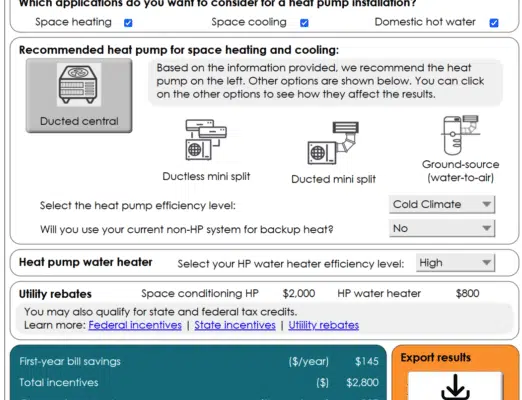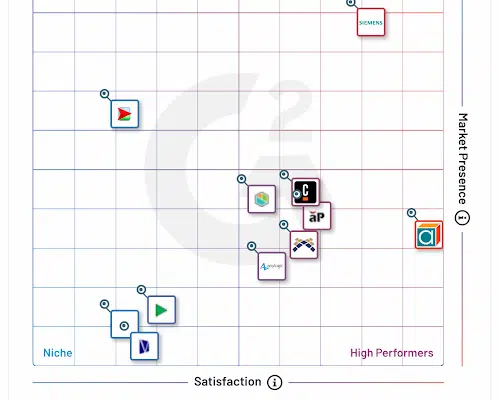Back testing is a favorite with those who want to test out a plan for the future with real data. The real data for the future are not (of course) yet available, however the data from the past are. So, in theory, by testing on historical data and comparing results with targets, it should be possible to confirm or adjust the plan for use in the future. Financial traders often use this approach to test their stock market or currency exchange trading plan. While recognizing that the past is no guarantee of the future, they have the advantage of an abundance of data to play with. If this is applicable for market investments, can it also be used for strategic risk management?

SRM for value protection and creation
Strategic risk management addresses both the positive and negative aspects of risk. Just as traders want their monetary investments to grow while avoiding any catastrophic effects of price fluctuations, so too do corporate managers and their boards of directors. Organizations in general need a plan that allows them to contain, mitigate or eliminate what could hurt them or their constituents, while leaving them ready to make the most of any windows of opportunity. Whereas a financial trader’s strategic risk management may be limited to a plan for how to buy and sell financial instruments, a corporation may include natural disasters, competitive threats, market growth and new product development.

Back-testing or predicting the past
Hindsight is always twenty-twenty, said film director Billy Wilder. He was right, but in back-testing twenty-twenty hindsight is ideal, and not a weary gibe. By using historical data in a strategic risk management model, you might be able to check to see if the outcomes predicted by the model match or at least are consistent with what really happened. However, current market trends and changes may significantly alter the underlying relationships between factors, compared to the past.
Do you have the data?
The necessary condition for road-testing a strategic risk management model like this is to have the past data, or at least enough past data for a trial that makes sense. For financial instruments, traders may be able to test model robustness with a higher degree of certainty on past data because the price action that interests them is simple (two dimensions of price and time), and their trading windows may be relatively short (a day for example). Corporate windows on the other hand may stretch out for years, and even decades in some cases, with factors that can extend into tens or hundreds of dimensions.
Partial back-testing
Historical data may be incomplete for back-testing strategic risk management models. Each model must be examined on its own merits to see if back-testing makes sense (possible changes in factors or relationships) and if sufficient data exist. If an importance analysis of an Analytica model for instance shows that the most significant factors are also among the ones for which data is available, then partial back-testing on those factors may be reasonable. However, whether for simple trading models or complex investment, organizational or even environmental models, one thing will always be true: past performance is no absolute guarantee of future developments.
If you’d like to know how Analytica, the modeling software from Lumina, can help you get a clearer picture of strategic risk management, then try our free edition to see what it can do for you. You can also explore past case studies pertaining to risk.




